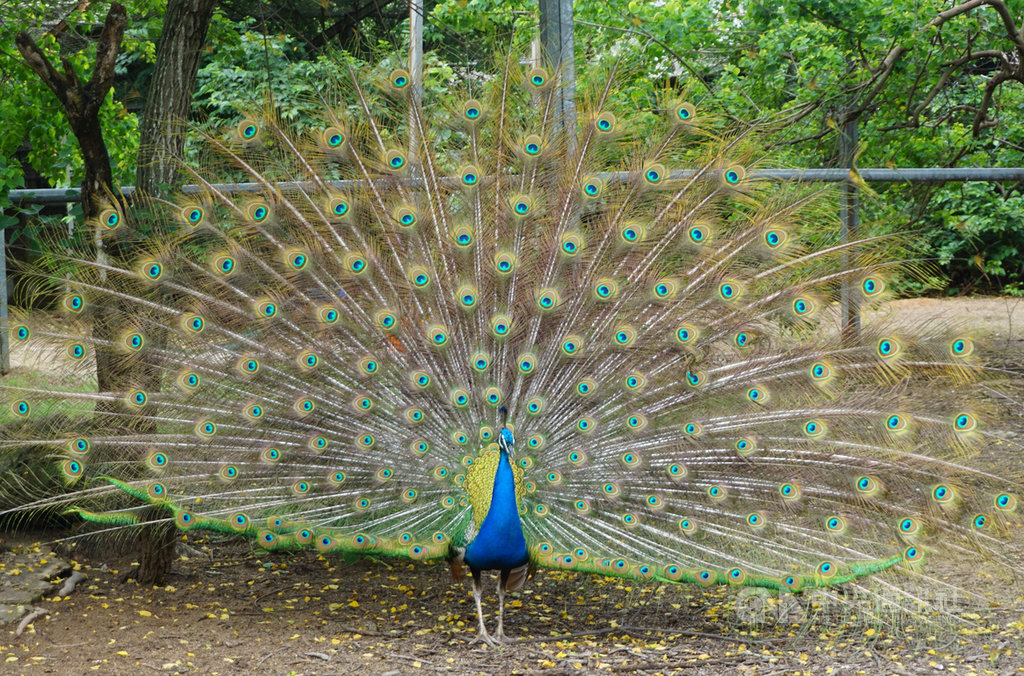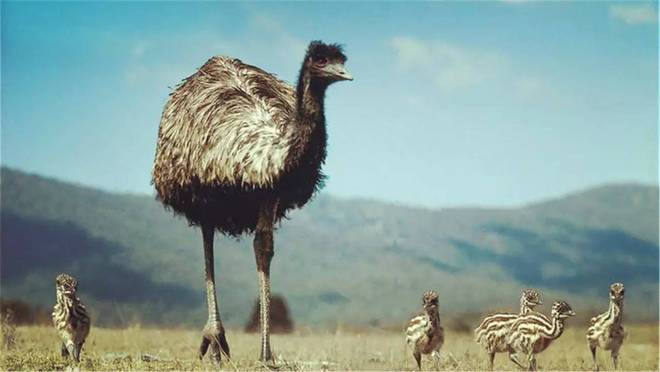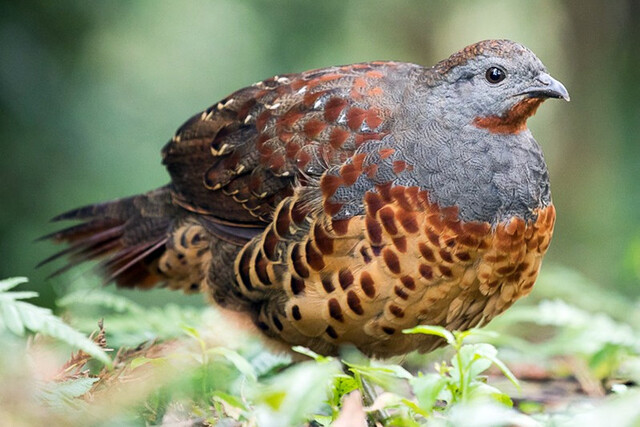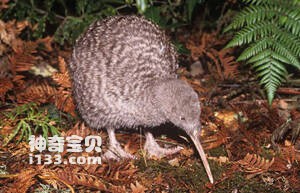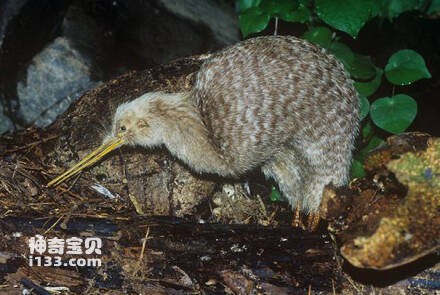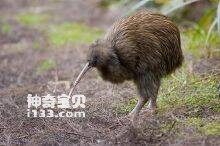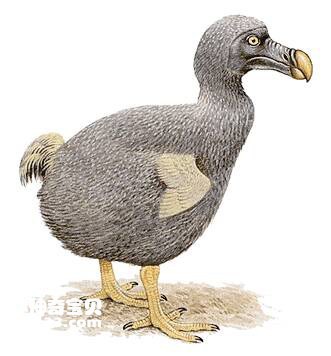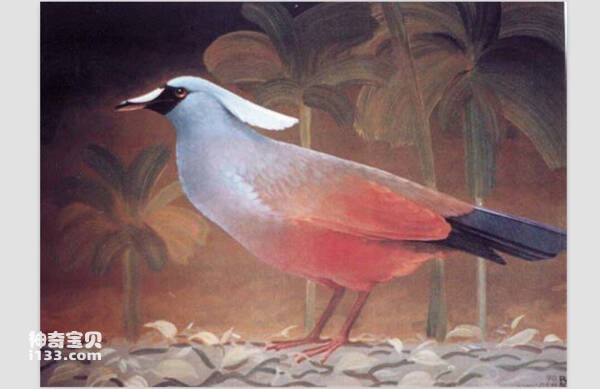Pternistis erckelii
IUCN
LCBasic Information
Scientific classification
- name:Pternistis erckelii
- Scientific Name:Pternistis erckelii,Erckel's Francolin
- Outline:Landfowl
- Family:Chickeniformes Pheasants Polytridges
Vital signs
- length:38-43cm
- Weight:1050-1136g
- lifetime:No textual research information is available
Feature
The forehead and side of the crown are black, the crown and nape chestnut brown, and the beak and legs are grayish black
Distribution and Habitat
Country of origin: Eritrea, Ethiopia and Sudan.
Introduced: Italy and the United States (Hawaiian Islands).
It lives in scrub, on the edges of forests and around farmlands, including brush wastelands, rocky hillsides and tree-shaded rivers.
Appearance
Brown top colored partridge 38-43 cm long; Males weigh 1050-1590 grams and females weigh 1136 grams. The forehead and crown side are black, the crown and nape chestnut brown, and the ear feathers are gray, with the overall distinctive white stripes and swirly feathers; The beak and leg claws are grayish black.
Details
Brown top colored partridge (scientific name: Pternistis erckelii) foreign name Erckel' s Francolin, no subspecies.
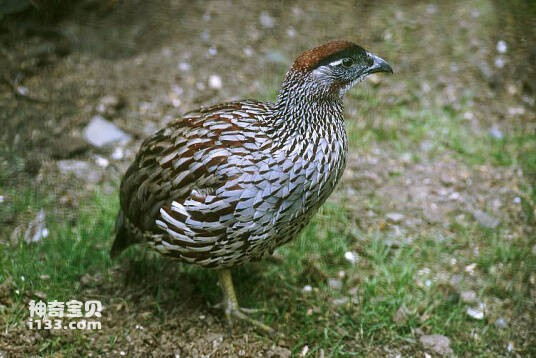
Brown-topped partridges like to sing from the edge of boulders or cliffs in their territory. Usually alone. It feeds on plant bulbs and bulbs, seeds, berries and shoots, as well as small mollusks, termites, ants and other insects. When in danger, he prefers running to escape danger rather than flying. The breeding season is May-November in Ethiopia and April-May in northern Sudan, generally during late winter rains or early dry summer.
Listed on the International Union for Conservation of Nature (IUCN) 2016 Red List of Threatened Species ver 3.1 - Not Threatened (LC).
Protect wild animals and eliminate wild meat.
Maintaining ecological balance is everyone's responsibility!

